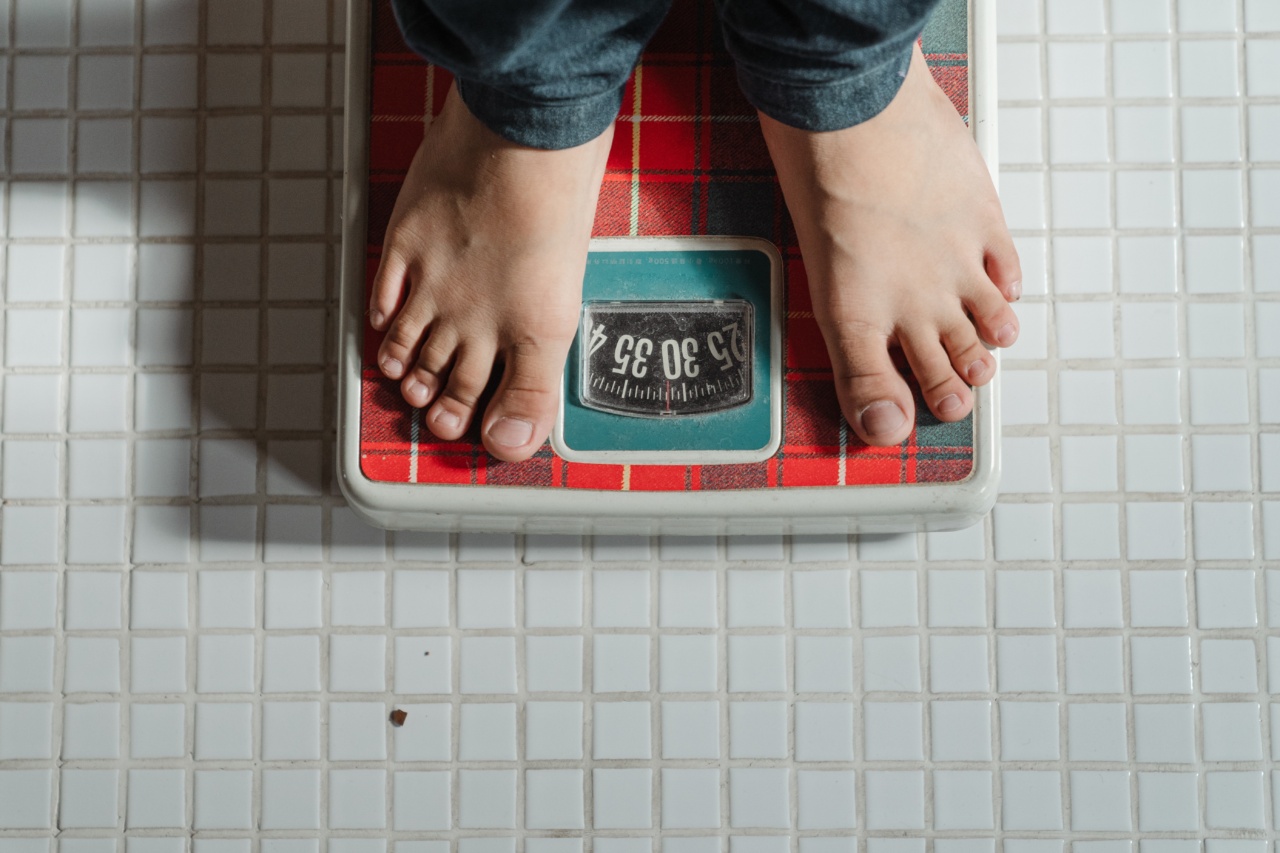Many people enjoy rice as a staple food in their diet. It is versatile, affordable, and can be cooked in various ways. However, reheating leftover rice is a common practice that many people engage in without considering the potential dangers.
In this article, we will explore the risks associated with reheated rice and gather insights from experts on the matter.
The Growth of Bacteria
When rice is cooked, it becomes a breeding ground for a specific type of bacteria called Bacillus cereus. This bacterium produces spores that can survive even after the rice has been cooked.
If the cooked rice is left at room temperature for an extended period, the spores can multiply rapidly, leading to a significant increase in bacterial population.
According to Dr. Sarah Wilson, a renowned microbiologist, “Reheating rice doesn’t eliminate the bacteria already present in cooked rice.
Instead, it provides the perfect conditions for them to multiply and produce toxins that can cause food poisoning.”.
The Toxin Formation
As the Bacillus cereus bacteria multiply in the reheated rice, they also produce toxins that can cause food poisoning. The toxins, which are heat-resistant, are not destroyed by reheating the rice or by subsequent cooking.
Dr. Michael Adams, a food safety expert, explains, “The spores and toxins produced by Bacillus cereus can cause two types of foodborne illnesses: diarrheal syndrome and vomiting syndrome.
The symptoms can range from mild to severe, depending on the individual’s sensitivity and the amount of toxins ingested.”.
Food Poisoning Symptoms
The symptoms of food poisoning caused by reheated rice can manifest within a few hours after consumption. They may include:.
- Abdominal pain
- Nausea
- Vomiting
- Watery or bloody diarrhea
- Fever
- Headache
If you experience any of these symptoms after consuming reheated rice, it is essential to seek medical attention promptly. While most cases of food poisoning subside on their own, severe cases may require medical intervention.
Preventing Bacterial Growth
While reheating rice does pose risks, it is possible to prevent bacterial growth and reduce the chances of food poisoning. The following measures can help:.
- Refrigeration: Store leftover rice in the refrigerator within two hours of cooking. Keeping it at a temperature below 40°F (4°C) slows down bacterial growth and toxin production.
- Proper handling: When serving rice, use clean utensils to avoid cross-contamination. Bacteria from other sources can quickly transfer to the rice, increasing the risk of foodborne illnesses.
- Reheating to a high temperature: If you choose to reheat rice, make sure it reaches a temperature of at least 165°F (74°C) throughout. This kills any bacteria or spores that may be present. Use a food thermometer for accuracy.
- Consume within a day: While refrigeration helps slow down bacterial growth, it is still advisable to consume reheated rice within 24 hours. The longer the rice stays in the refrigerator, the higher the risk of bacterial multiplication.
Alternatives to Reheating Rice
If you are concerned about the risks associated with reheated rice, there are alternatives you can consider:.
- Cook a fresh batch: Instead of reheating cooked rice, prepare a fresh batch as needed. This eliminates any risks associated with bacterial growth and toxin formation.
- Rice-based dishes: Transform your leftover rice into delicious rice-based dishes like fried rice, rice pudding, or rice salads. Cooking the rice with other ingredients and reheating thoroughly reduces the risks associated with reheated rice.
- Freezing: If you have a surplus of cooked rice, freezing it in airtight containers can preserve its quality. Thaw and use it for meals as required, ensuring proper reheating to minimize risks.
Expert Recommendations
Experts from various food safety organizations recommend avoiding reheating rice altogether to minimize the risks of food poisoning. Instead, follow proper storage practices and consume freshly cooked rice whenever possible.
The United States Department of Agriculture (USDA) advises, “If you don’t plan to eat rice immediately after cooking, cool it as quickly as possible and refrigerate it promptly. Reheating the rice is not recommended.”.
Conclusion
Reheating rice may seem convenient, but it comes with potential hazards. The growth of bacteria and the production of heat-resistant toxins can cause food poisoning and lead to various symptoms.
It is crucial to store and handle cooked rice properly and consider alternatives to reheating. By following expert recommendations and taking necessary precautions, you can enjoy rice as part of a safe and healthy diet.



























